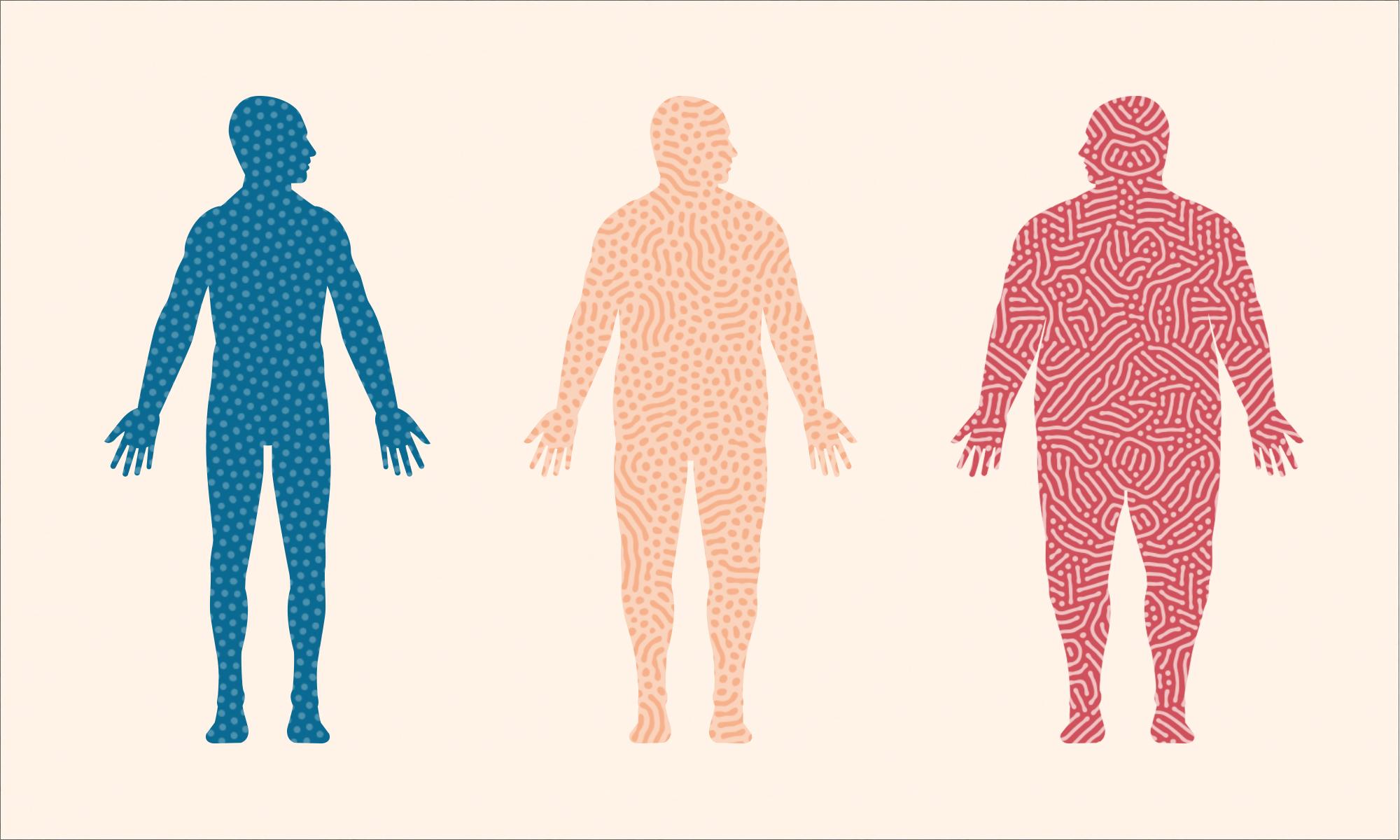The National Center for Health Statistics reports that the percent of the US 20 years and older population with hypercholesterolemia has been on the rise. As explained, hypercholesterolemia is defined in the report as either a serum total cholesterol that is greater than or equal to 240 mg/dL or the taking of cholesterol-lowering medications. From 1988 to 1994, the percent population with hypercholesterolemia stood at 22.8%. Since then, that statistic has risen to 27.8%, between the years 2011 and 2014. This is an extremely troubling contributor in our nation’s growing obesity epidemic. As the CDC reports, more than one-third of US adults, 36.5% more specifically, are obese. On top of that, another third of Americans are classified as overweight. This reality is even more harrowing when considering its ramifications. A number of life-threatening conditions are associated with the label of obese. Conditions such as heart disease (the number one cause of death in America), some forms of cancer (the second cause of death in America), stroke (the number five cause of death in America, and type two diabetes (the seventh leading cause of death in America), are all associated with obesity. With obesity playing such a large role in the development of such hard-hitting diseases, its prevalence is all the more concerning.
Obesity is defined by a weight that is higher than what is considered as a healthy weight for a given height. This is screened for and calculated using the Body Mass Index (BMI). BMI is derived by dividing one’s weight in kilograms by their square height in meters. While this admittedly does not directly measure body fat, research supports a correlation between high BMIs and measures of body fat via skinfold thickness measurements, underwater weighing, and a number of other methods.
Hypercholesterolemia’s upward trending is disconcerting due to its relationship with obesity. This particular trend is also nondiscriminatory across demographics. The increase in cholesterol’s prevalence throughout the 20 and older population may be observed across sexes and races, all with significant increases over the two-decade span. With America’s growing processed and junk food culture, the long-run playout of the situation at hand is frightening—assuming the rise will only continue. This is pertinent to the state of the US health care system, as high cholesterol intake and levels have large ramifications in terms of health and fiscally. High levels of cholesterol are indicative of obesity, hypertension, and atherosclerosis—influencers in the progression of heart disease, America’s number one cause of death, as mentioned before. The development of chronic illnesses like heart disease are huge cost generators, to both patients, providers, and insurers and will in turn raise the costs of health care services. Increased awareness of the causation behind these diseases would be efficacious in the areas of cost saving and death prevention. While small declines can be noted on the lower end of the 20 and older age spectrum, the incredibly high percent change in the older aged population towards increased cholesterol levels is something that must be curbed if one wishes to cut off heart disease in its formative stages. The hypercholesterolemia trend’s long-term effects in older generations will begin to manifest in the years to come and put a strain on long-term care—an area of health care that is already strained due to its relatively inconsistent modes of treatment.
Unfortunately, like many trends in health care, those with higher incomes are less likely to be affected by obesity, according to the CDC. Yet, The American Diabetes Association (ADA) reports that higher income countries still have greater rates of obesity than lower income countries. Contrasting international trends, the ADA reported findings stating that Americans who lived in the most poverty-dense counties were more prone to obesity. This is most likely due to the availability of cheaper-junk foods, a luxury that the poor of other countries might not have, and the lack of fresh food..
With hypercholesterolemia and obesity in the spotlight and the gravity of their growing presences realized, what we can do to curb them is a big topic of discussion in healthcare. In infants, Stanford Health Care states that “the longer babies are breastfed, the less likely they are to become overweight”. Breastfeeding an infant reduces their chances of becoming overweight by up to 25% and to do so for longer than 6 months raises that to nearly 40% less. In the adolescent population, genetics and lifestyle are marked as the key influencers in a child’s weight. With this, it is recommended to establish healthy and routine family eating and activity habits. These habits are sponsored all the same for adults, Stanford offering that eating a balanced diet and taking up an exercise routine can significantly lower rates of obesity and stave off the likelihood of becoming obese.
The evidence surrounding the American obesity epidemic is stacked high. The statistics that back this issue demonstrate that obesity is a mater of growing concern, as it slowly supplants itself as the norm. With nearly two-thirds of the population obese or overweight, the public should seriously look to implementing these preventative measures—as obvious as they might be. In terms of national concern and legislation, many campaigns are being run by both organizations and the federal government. These movements, such as Healthy People 2020, and Michelle Obama’s Let’s Move! campaign of 2010 are good starts in taking on this epidemic of national concern and get the ball rolling for causes of a similar nature.

/childhood-obesity-56a6fdc15f9b58b7d0e5dfc3.jpg)

This is a very important issue to talk about. The fiscal and health effects in the obesity epidemic are very steep indeed. If the trends continue to increase at this rate or even if they plateau, the possible ramifications are unimaginable especially when we think of the costs to public health when the victims of childhood obesity start to age and show major health effects. This doesn’t even account for the terrible fates of those effected by the epidemic. Their quality of life will continue to dramatically decrease. I believe that it is our responsibility to help prevent this epidemic from worsening.